This is a frequently asked question?
This is a FAQ description. Add more detail about this service, such as benefits, appearance, components and value

I had the heads up that Hope was going to have some special needs was a huge advantage. But I was as prepared as I could be educationally and professionally. So that was two things that I had. The third thing I had was that I knew that my husband was going to be the sweetest dad ever.
Truthfully, as I look back on it, that was my very best and most important asset.
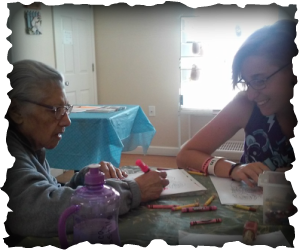
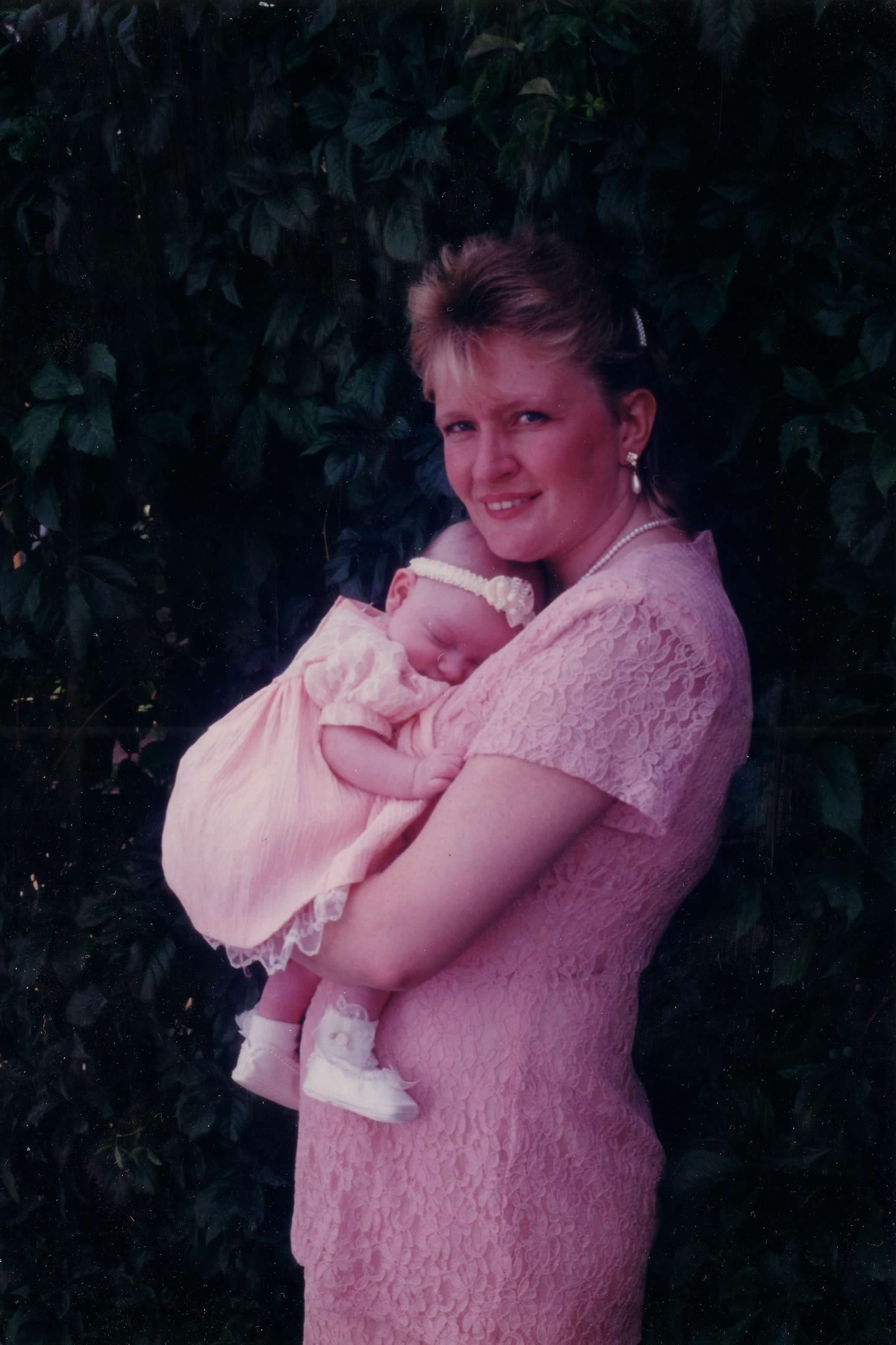
She also challenged us with colic. Which Grandma could diagnose by listening to Hope crying when I was talking to her on the phone. She was right, the experts verified it.
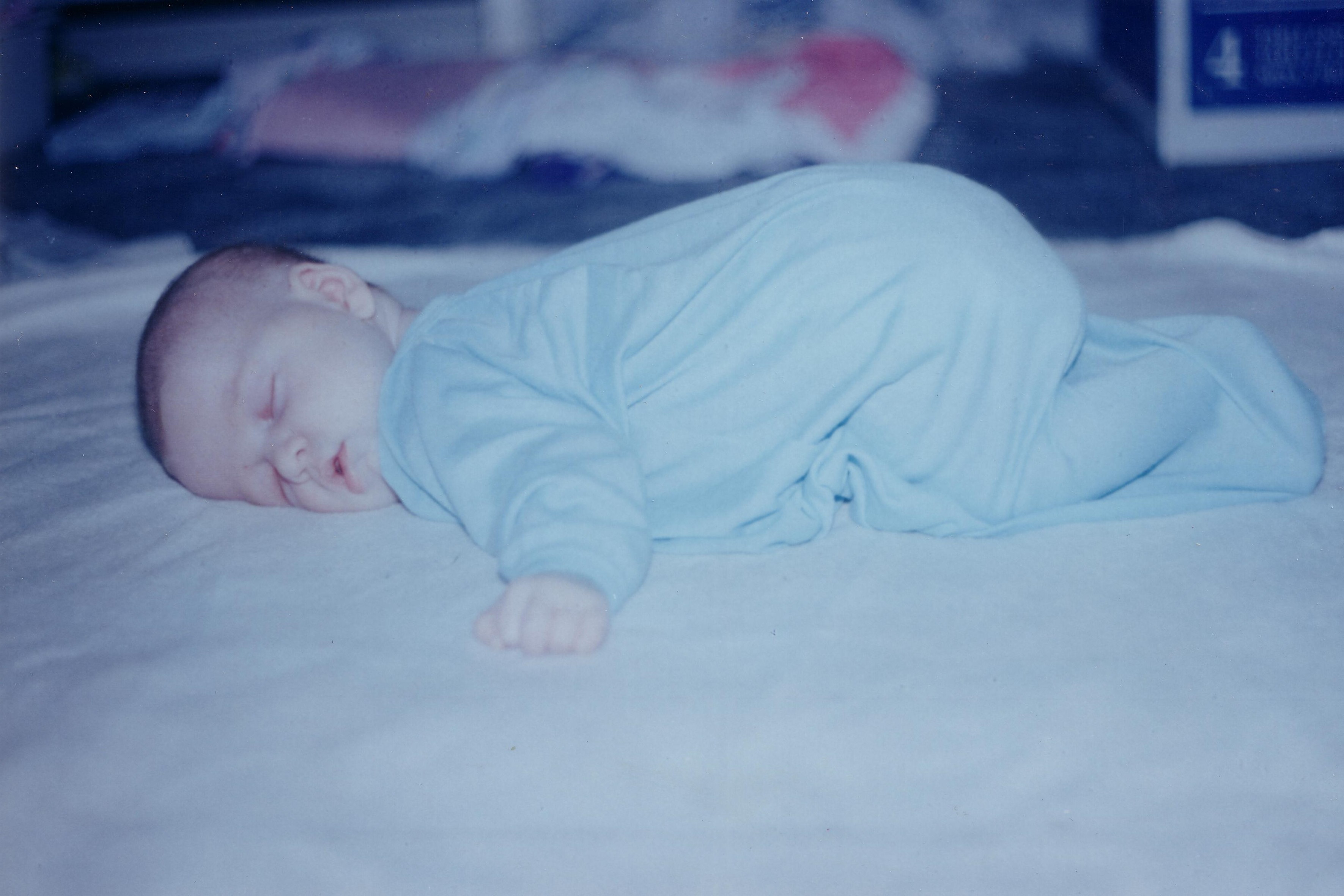
However, somehow I knew that this a beautiful gift from God, was going to have some challenges along the way.
and programs as they were developed. Their Music for Babies let me draw her into sleepy mode, happy playful mode, and peaceful creativity mode by using the tempo and certain sections of music notes.
AHHHHHH, what a relief.
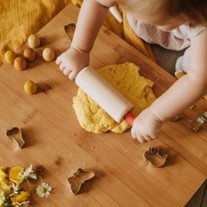
To me both the special needs child and the “normal” child could benefit from The Listening Program because of its many benefits. I cannot imagine what our lives would be like without ABT music and The Listening Program.
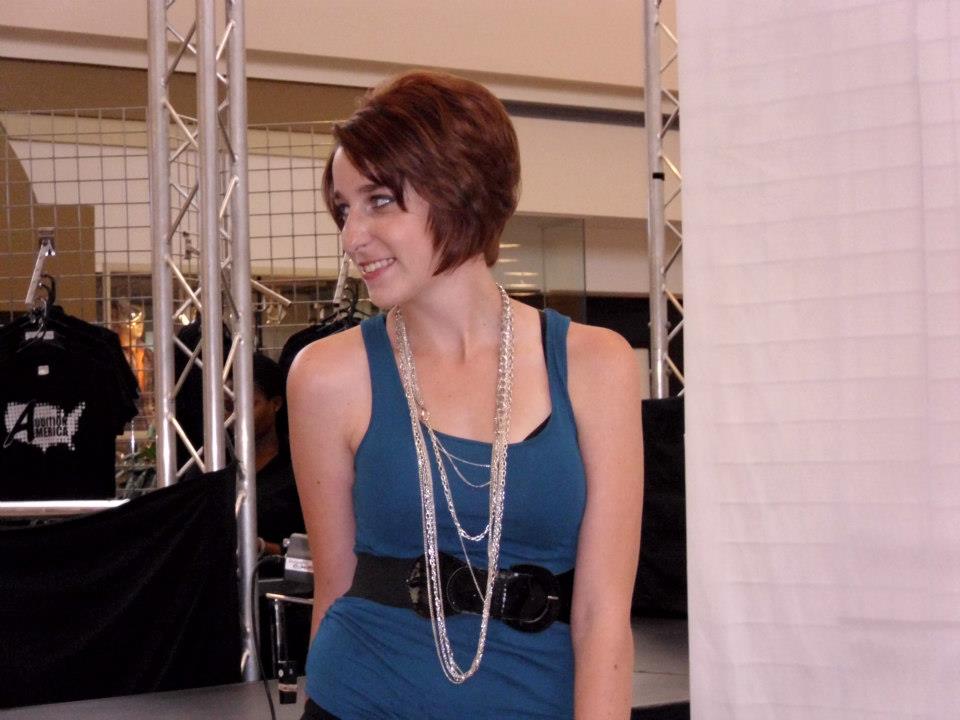
We all believe that it is the program that changed everything for her. When Alexander Doman, the owner and CEO of Advanced Brain Technology, asked her to provide artistic input to tell what TLP did for her, what she would use. She decided to use a bridge, because TLP connected her to the ability to change her life and her destiny.
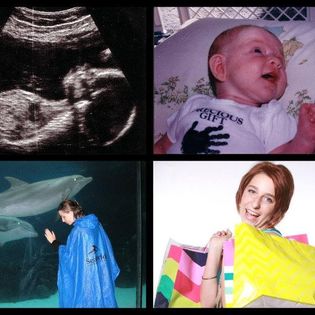
Published on 06 October 2022
Author: Diane Fox
Diane Fox is an autistic midwife and researcher. She is Vice Chair of the Maternity Autism Research Group (MARG), working together to improve autistic experiences in maternity care. Here Diane outlines some of the difficulties autistic people experience during pregnancy, and how best to support them.
It is important to raise awareness, acceptance and understanding of autistic people in maternity care provision to improve health outcomes and address inequalities. Current research is exploring autistic people’s parenthood and how health professionals can improve provision. Does your maternity provision have an autism policy/guidance or embedded practice? Let’s explore some of the challenges autistic pregnant people can experience, and best practice to provide appropriate support.
According to research by McCrossin (2022) 80% of autistic women are not diagnosed by the time they turn 18 – they may ‘mask’ or hide their needs during childhood and adulthood. As a result, many in pregnancy may not have a diagnosis or support in place, leading to health inequalities that affect physical and psychological wellbeing.
Pregnancy can be a time when autistic people need extra support. Therefore, health professionals should understand the possible issues an autistic person may experience, knowing that each individual has different needs. Best practice is for a comprehensive Personal Care Plan (PCP) to be developed in partnership with the individual.
Sensory differences – sensitivity to sounds, light, taste, touch, personal space and eye contact.
Communication differences – such as a preference for clear, unambiguous language, or broken-down information.
Anxiety – may be very anxious in an unfamiliar environment, or not knowing what to expect over an appointment, pregnancy or parenthood.
If things become overwhelming this may result in a ‘shutdown’ or a ‘meltdown’. This can be very exhausting and lots of time and space will be needed to recover. Some autistic people may cope by not accessing treatment and care, which might be seen as non-compliance and can lead to health inequalities.
Structure
Having a predictable routine and environment can help autistic people feel calm, safe and in control with best practice such as having:
a predictable routine and environment
continuity of the same care team throughout
clear guidelines and processes to help manage expectations
opportunities to meet staff and visit the ward prior to labour.
Positivity
Be positive, kind and understanding, without bias or judgement – especially in new and challenging situations – such as labour, and establishing feeding and postnatal routines. Be supportive of the individual’s decisions, and take their lead.
Empathy
Be empathic when communicating, and try to reduce anxiety and distress. Use questions such as ‘What do you need to feel ok?’. Also, be accepting of self-soothing behaviours and be accommodating of the individual’s sensory and communication preferences.
Low arousal
Ensure a low arousal approach to reduce anxiety, for example use low lighting, and reduce sounds, with minimal small talk and interruptions.
Links
Help to create and maintain links to a support network – family, friends and professionals if needed. The individual may need extra support to adjust to parenthood. Ensure clear links and updates are in place with GPs and health visitors prior to discharge from maternity services.
Staff should be aware of co-occurring conditions that autistic people may experience, such as:
hypermobility
ehlers danlos syndrome
fibromyalgia
attention deficit hyperactivity disorder ADHD
dyslexia, dyscalculia, dysgraphia, dyspraxia.
The autistic individual may also identify as non-binary or gender-fluid, therefore, staff should be conscious not to make assumptions about someone’s gender.
Current research is exploring psychological and physiological issues that may affect autistic people in and after pregnancy. Some evidence suggests that autistic individuals may have a higher likelihood of experiencing:
health conditions which can affect pregnancy such as heavy menstrual periods and polycystic ovary syndrome (PCOS)
mental health conditions such as post-natal depression or anxiety.
More research is needed in this area, and findings should inform care provision and influence policy implementation to reflect best practice.
In conclusion, it should be noted that pregnant autistic people may have specific or additional medical and care needs, and comprehensive care planning is required. Linking possible care outcomes to care provision is crucial to understanding the extra support autistic people need. Therefore training, co-produced by autistic people, should be done in healthcare settings and in midwifery pre-registration training.
The next step towards best practice would be for the development of national guidelines and local protocols in maternity services, alongside the creation of autism leads in maternity care. This will lead to improved health outcomes for autistic parents or parents to be, and their families.

Autism Practice includes the latest articles, case studies, interviews with specialists, research, conferences and training.

Lana Grant gives insight into her experience of pregnancy and motherhood

This is a FAQ description. Add more detail about this service, such as benefits, appearance, components and value
This is a FAQ description. Add more detail about this service, such as benefits, appearance, components and value
This is a FAQ description. Add more detail about this service, such as benefits, appearance, components and value
This is a FAQ description. Add more detail about this service, such as benefits, appearance, components and value